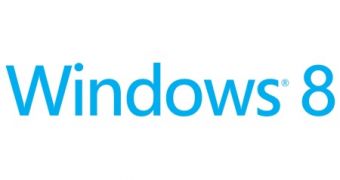Windows 8 retail versions won’t arrive with support for DVD playback, nor will their feature the popular Windows Media Center, Microsoft confirmed earlier this week.
However, users will be able to receive these features if they purchase upgrade packs from Microsoft, or if they get a third-party software that will enable the playback of DVDs.
However, this does not tell the entire story for users, as there still are a lot of questions to be answered regarding the type of codecs needed for decoding media, or related with the features and capabilities that will actually make it to user’s devices.
In a recently published FAQ, Microsoft delivers some of these details, while also explaining a bit the costs related to licensing DVD playback capabilities on its Windows platform.
According to Microsoft, there are Windows PCs that might never play a DVD, yet the cost for packing the capability inside it are still carried out.
While the feature was removed from Windows 8, Microsoft’s OEM partners will have the option to pack computers with optical drives and offer the necessary software and licensing.
Those users who upgrade from Windows 7 will be informed on whether existing third-party playback software is compatible with Windows 8, and will have the option to keep it through the Windows Upgrade Assistant.
Otherwise, they will have to buy either such software, or to acquire the Windows 8 Media Center Pack or the Windows 8 Pro Pack post upgrade.
Additionally, Microsoft reiterates that it decided to remove the Windows Media Center (with all of its DVD and broadcast TV capabilities) from the upcoming platform, since the feature has seen decrease in usage, and online services such as Netflix, Youtube, Hulu and others have surged.
Users will receive DVD playback and Media Center capabilities in Windows 8 Pro via a Media Center Pack, which was also built into the Windows 8 Pro Pack, available as an upgrade for Windows 8 standard.
You can learn more info on the matter through the aforementioned post on the Building Windows 8 blog, authored by Microsoft’s Steven Sinofsky.

 14 DAY TRIAL //
14 DAY TRIAL //